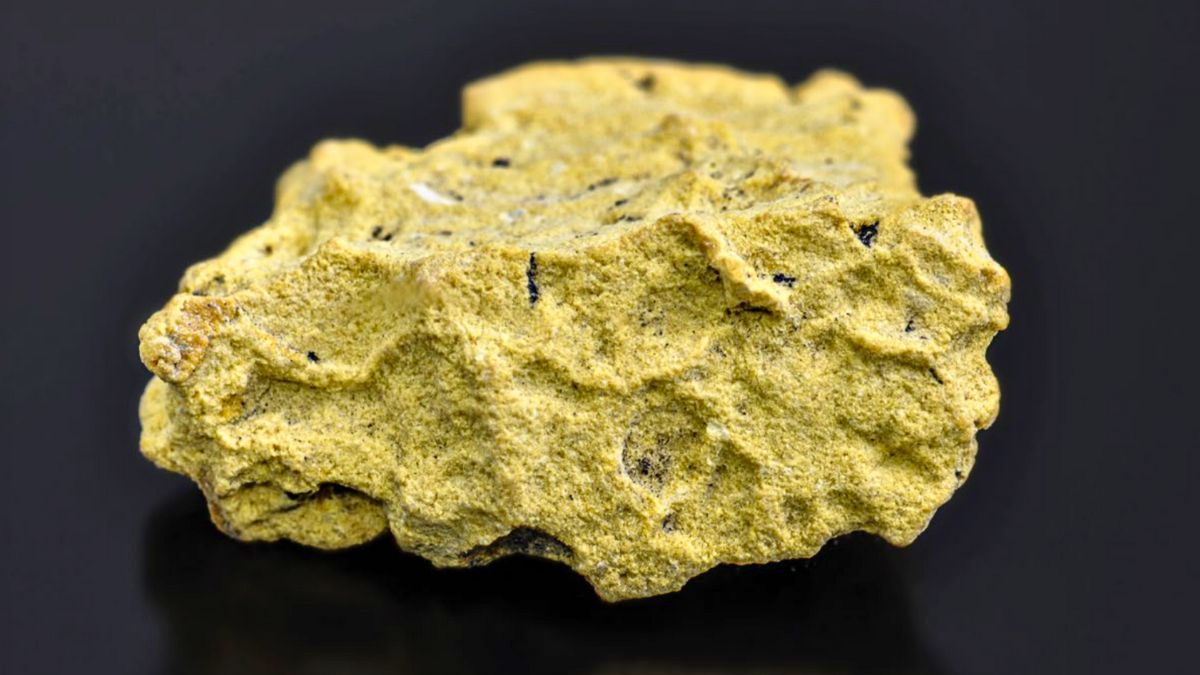When you think of Texas, your mind probably jumps to cowboys, barbecues, or Friday night football. But hidden deep in its harsh desert landscape, something truly remarkable has surfaced: a tiny plant known as the Woolly Devil. Discovered in Big Bend National Park, this little wonder is the first rare plant of its kind to be found in a U.S. national park since 1976. Intrigued? Let’s cut into what makes the Woolly Devil such a big deal.
Big Bend
Big Bend National Park in Texas is known for its extreme temperatures, rocky terrain, and beautiful yet brutal desert views. It’s not exactly the place you’d expect to stumble upon new life. But that’s exactly what happened when a park volunteer named Deb Manley noticed something strange growing near a trail.
That “something” turned out to be a plant no one had seen before. In the middle of this unforgiving environment, a new species had quietly been surviving—and now it was finally getting its moment in the sun.
Woolly Devil
The plant’s official name is Ovicula biradiata, but everyone’s calling it the Woolly Devil—and once you see it, the nickname makes total sense.
Here’s what makes it stand out:
- It’s tiny—less than 8 centimeters in diameter
- It has fuzzy white hairs, making it look like it’s covered in wool
- Two small maroon florets sit on top, resembling devil horns
- It barely reproduces, making it both rare and fragile
This odd combination of traits led scientists to create an entirely new genus just to classify it. That’s not something that happens every day in the plant world.
Throwback
The last time something like this happened was nearly 50 years ago. In 1976, a plant called Dedeckera eurekensis, also known as July Gold, was discovered in California’s Death Valley. Just like the Woolly Devil, it was rare, hard to reproduce, and completely unexpected.
Since then, no similar discoveries have been made in U.S. national parks—until now. So, in terms of botanical history, this is a pretty massive find.
Impact
Why should you care about a fuzzy little plant in the desert? Well, here’s why the Woolly Devil matters:
- It shows that life can adapt to some of the harshest conditions on Earth
- It reminds us that even well-explored places can still hide secrets
- It proves that protecting national parks is worth every effort
This plant might be tiny, but its message is huge: there’s still so much left to learn about our planet.
Future
The Woolly Devil isn’t just a cool find—it’s a symbol of possibility. If a new species can be discovered in a place as studied as Big Bend, then who knows what else is out there waiting to be found?
Maybe there are plants like it in the deserts of Arizona or in the untouched forests of South America. The discovery also highlights how important volunteers are in science. This wasn’t found by a big-budget team with drones and labs—it was found by someone with an eye for nature and a love for the land.
So next time someone asks you about Texas, go ahead and mention the usual stuff—cowboys, music, and brisket. But then blow their minds with the story of the Woolly Devil, a tiny plant that might just be the coolest secret in the Lone Star State.
FAQs
Where was the Woolly Devil found?
It was found in Big Bend National Park, Texas.
Why is the Woolly Devil rare?
It has low reproduction and survives in harsh desert conditions.
What does the Woolly Devil look like?
It has white hairs and maroon florets like devil horns.
When was a similar plant last found?
In 1976, a rare plant was found in Death Valley, CA.
What is the Woolly Devil’s scientific name?
Its official name is Ovicula biradiata.





















